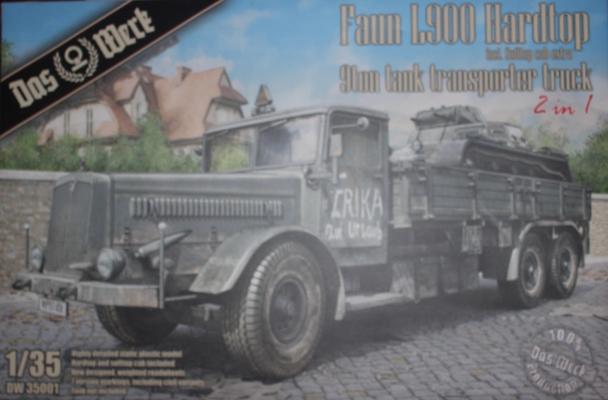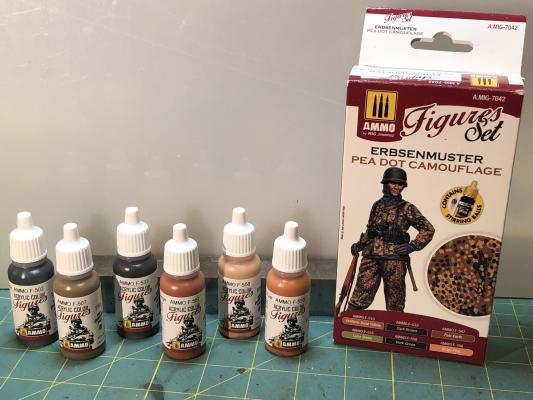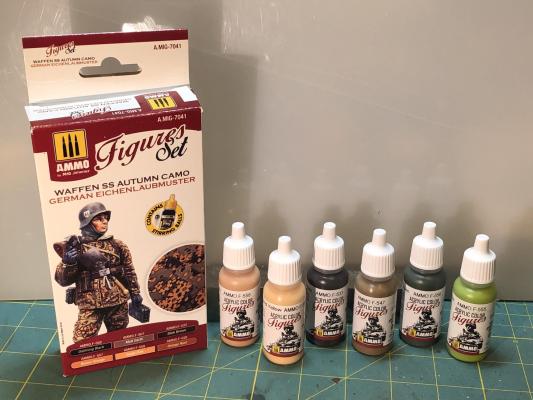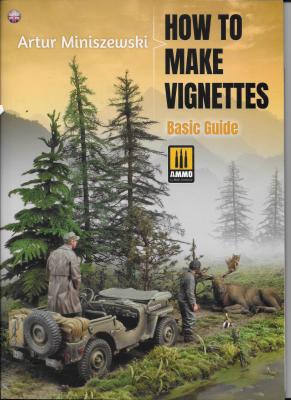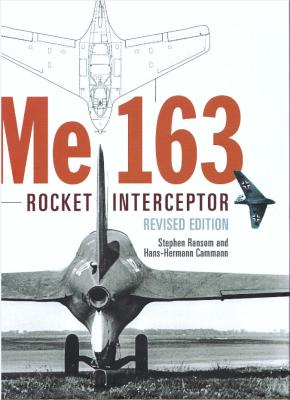The FAUN L900 was in production from 1937 to 1939. They were primarily used by the German Army as tank transporters. The heavy Faun L900 with the 10to sd.Ah. 115 Trailer could transport two Panzer I's or II's and the other early war smaller and lighter tanks and AFV's. The heavy Faun L900 had a max cargo capacity of 10,000 kg and at the end of the war they were still in service. The large numbers of these vehicles that were available in the post-war period combined with their utility meant that quite a few were converted for civilian use. This new release from Das Werk covers the hard top version of this vehicle.
Welcome to the IPMS/USA Reviews site!
Introduction: The primary organization of the IPMS/USA Review website is by IPMS/USA National Contest Class. Within each Class there are sub-menus by kits, decals, books, etc. The Miscellaneous Class is for items that are not class specific or that cross two or more classes.
IPMS/USA Members: We encourage you to submit reviews, both here and to the Journal. To volunteer for membership in the IPMS/USA "Reviewers Corps" and submit your own reviews, please read the Guidelines For Submitting Product Reviews.
Manufacturers, publishers, and other industry members: IPMS/USA is pleased to offer your company the opportunity for product reviews. All product reviews are performed by IPMS/USA members, and are posted in the publicly-accessible section of our website. With very few exceptions, we perform full build reviews of new kit releases, aftermarket products, and supplies. If you would care to provide product samples for review, please contact John Noack, IPMS/USA 1st VP.
To learn more about IPMS/USA, please see our About Us page.
The AMMO range of acrylic paints for figures has recently been expanded to include two new sets of paints specifically designed for the late war German Eichenlaubmuster (‘Maple Leaf’) and Erbsenmuster (‘Pea Dot’) camouflage schemes, the latter of which is the subject of this review.
Opening the box reveals a set of six industry-standard 17ml. ‘eyedropper’ style bottles of high-quality acrylic paint from their Ammo line. The assumption is that the paint set would serve as a one-stop shop for producing the intricate uniform pattern that bears its name. These complex schemes have been a favorite for military figure painters and armor modelers alike.
From the Manufacturer’s Website
The M44 Dot Pattern - This set includes the colors required to paint the distinctive and complex German Erbsenmuster (‘Pea Dot’) camouflage pattern, first delivered to the Waffen-SS in 1944.
The AMMO range of acrylic paints for figures has recently been expanded to include two new sets of paints specifically designed for the late war German Eichenlaubmuster (‘Maple Leaf’) and Erbsenmuster (‘Pea Dot’) camouflage schemes, the former of which is the subject of this review.
Opening the box reveals a set of six industry-standard 17ml. ‘eyedropper’ style bottles of high-quality acrylic paint from their Ammo line. The assumption is that the paint set would serve as a one-stop shop for producing the intricate uniform pattern that bears its name. These complex schemes have been a favorite for military figure painters and armor modelers alike.
Ammo by Mig is a well-known provider of all sorts of modeling supplies, from paints to weathering powders to tools. They also publish a fairly extensive library of ‘how-to’ type of books, such as this example.
Printed on good quality, glossy paper and bound between stiff, glossy boards, the publication values of this book, as with others I have seen from Mig, are quite high.
This particular book is written by Artur Miniszewski, an established figure painter and diorama builder. He also has a company, Mantis Miniatures, which produces resin figures and accessories. As can be expected, both Mantis and Ammo products feature prominently in this guide.
The author uses six vignettes that he created throughout the book. There are six chapters, not including the ‘summary’ at the end, with each section focusing on a particular technique or type of effect. The final chapter shows multiple views of each of the vignettes, without text.
Stephen Ransom was born in Oxfordshire, England, and studied aeronautical engineering at the University of Salford. He was employed by various companies' advanced projects offices in the aircraft industry, and also worked for some time in the space industry. He has a deep interest in the history of British and German aviation.
Hans-Hermann Cammann was born in Celle, Germany. He grew up watching his father fly model aircraft as a hobby and took a deep interest in the history of the Me 163 and the men who flew it. He's become a regular guest at annual reunions. He was a serving officer in the Bundeswehr.











